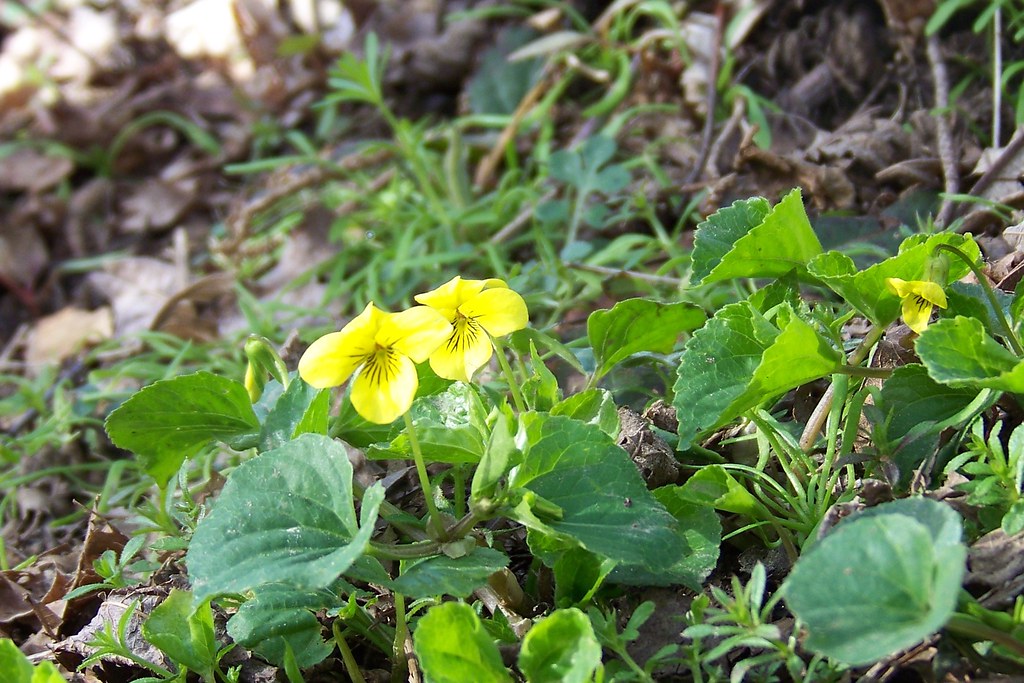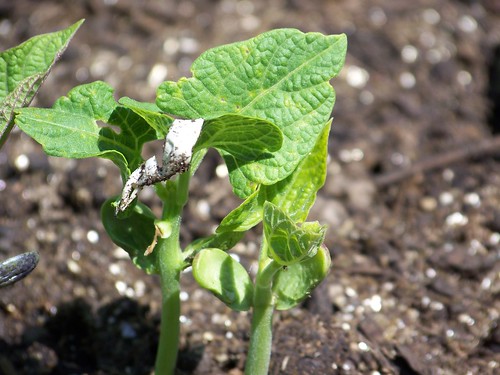/mer kyoŏ rē ul/
• adj.
1. (of a person) subject to sudden or unpredictable changes of mood or mind: his mercurial temperament. Or (of a person) sprightly; lively.
2. of or containing the element mercury.
3. (Mercurial) of the planet Mercury.
Mercurial is a word that came to me in prayer early this morning and it seemed to fit perfectly how things have been going for me this month, the Mating Moon. The weather is mercurial, my interests and moods are mercurial and even the planets are feeling mercurial with the second Mercury retrograde of 2010 (see this old post from Riana at These Days in French Life to read about Mercury
 retrograde). Just the other day someone quoted me the old phrase attributed to the Chinese: "May you live in interesting times."
retrograde). Just the other day someone quoted me the old phrase attributed to the Chinese: "May you live in interesting times."Part of the mercurial unpredictable changes are changes for the good. Two weeks ago I was gearing up to write a cheery blog post about how lovely spring is. We were enjoying some fantastic weather, the flowers were blooming and I was feeling on top of the world. For a couple days in a row we had sunsets like I haven't seen since college. Ashland, the town I went to school in, is in a Northwest-Southeast running valley with beautiful summer weather. In the summer the sun sets at one end of the valley turning the sky fantastic shades of sherbet orange and pink, possibly with gold and silver clouds. Actually, my favorite thing to do was to hike up into the hills on the south side of town and watch the eastern sky as the sunset. I’ve never seen that color purple anywhere else on heaven or earth.
At the very beginning of this month I was watching for the new crescent moon and was treated to a special alignment of the moon and Venus. I have a scene quite similar to that tattooed on my arm – a sight I saw watching one of those lovely Ashland sunsets. My tattoo is of Venus right
 above the new crescent moon but this month Venus was below. It was still a special (I feel like every conjunction of the new moon and Venus is a special gift for me), and combined with the orange sunsets and apple blossom scented warm air made me so happy.
above the new crescent moon but this month Venus was below. It was still a special (I feel like every conjunction of the new moon and Venus is a special gift for me), and combined with the orange sunsets and apple blossom scented warm air made me so happy.Photo by fdecomite
I was also feeling really great and grounded in my spiritual practice. After Easter I had focused on calling more pagan forms of divinity in my evening prayers. A sweet mother goddess is one of my favorites to ask for help from, but a young flower goddess and a fiery warrior goddess are others that have pressed themselves into my thoughts this month as well. I’ve also had visions of god as rain and waves and sand. I was feeling surrounded by love and like my feet were on the right path.
But mercurial means that everything isn't always rosy and sweet. Sometimes the clouds roll back in, it storms and hails and the temperatures drop back down to 45 degrees and you feel like you want to crawl under a rock. I have been feeling led to explore my personal boundaries in terms of emotional openness and connection with other people lately, which can be a very scary thing for Virgos like me. I was exploring old fears and adult coping mechanisms (a term that gets a lot of bad rap - but we have to cope!) and it all seemed to be going fine until the lessons became practical and not just theoretical. I had a couple bad days at work where I felt like I couldn't help but be sucked into or react to other people's emotional states. It sucked.
Yesterday I spent some time writing in my journal about all of this emotional stuff I've been experiencing this week. Just the other day I came across the website of Sybil MacBeth's book Praying in Color. She uses doodling as a contemplative prayer to spend time in the presence of god when words are inadequate or hard to come by. Words are relatively easy for me so journaling can be a similar process and in that session I had some insight.
The hard stuff this month seems to be the death before the re-birth kind of hard stuff. It feels like the razing of an old building so a new home can be built, or tilling soil so new crops can be planted. I'm still on the right path - this is why that warrior goddess with her double
 edged axe, the labrys, came to visit me. She came to guide me through this time, or maybe just to do some hacking at my "stuff".
edged axe, the labrys, came to visit me. She came to guide me through this time, or maybe just to do some hacking at my "stuff".Photo of the labyrinth at Grace Cathedral in San Francisco
This is the first step in hearing the lesson of the Mating Moon. In order for new stuff to be born the old stuff has to break open and let the universe in to fertilize it. A bee can't get into a flower to pollinate it until it breaks out of its bud. A baby can't be started in a mother without the intrusion of the penis and sperm. I don't yet know what the new stuff is, or how far into the process we are, but I know G!(d)dess is with me, and she has good things in store for me. Life really is a conspiracy to make me wiser, happier and a better person.
So this weekend I focus again on spring. Trees and flowers, bugs and beautiful sunsets. Full moons and crickets. What are you excited about this spring? What is hard right now? How has mercury retrograde messed with your life and your comfort zone?








